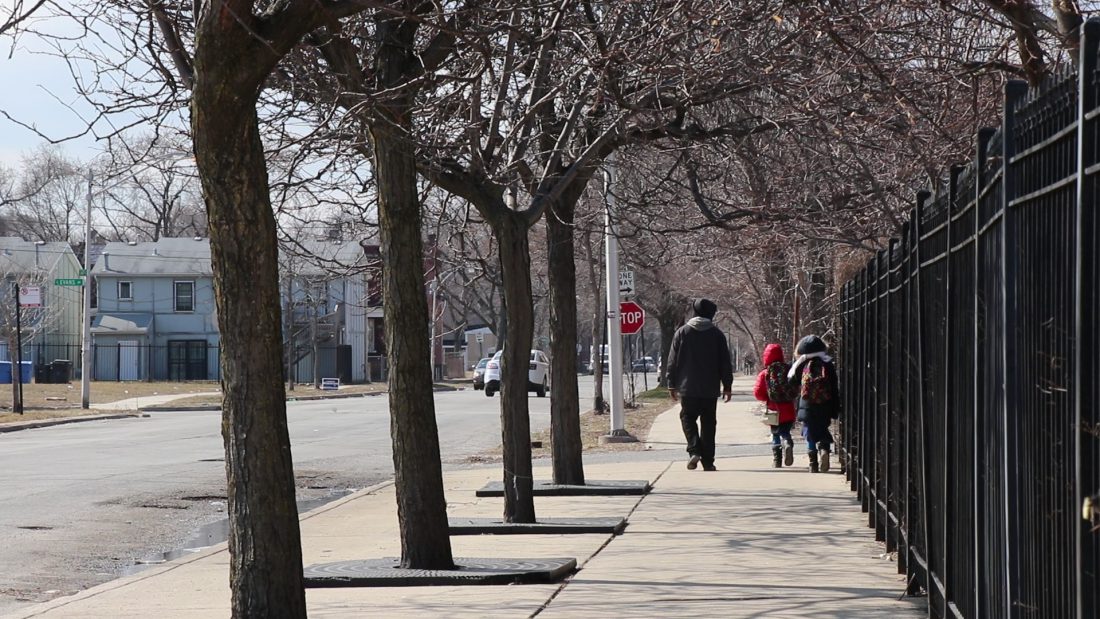By Jinman Li
Medill Reports
What’s not to like about the proposed Obama Presidential Center?
It’s a 19-acre complex of museum, library, plaza and athletic center, which was announced in May 2015 to be built in Chicago, the winner over several competing cities. The former president and first lady Michelle Obama selected the historic Jackson Park on Chicago’s South Side as the center’s location, adjacent to the eastern edge of the University of Chicago campus where Obama used to teach.
Despite promised multi-billion dollar benefits, more than one year after Jackson Park was chosen in July 2016, debates continue on the center’s impact on South Side neighborhoods.
A symposium was held on March 7 at the University of Chicago by professor W.J.T. Mitchell to promote open discussion of the neighbors’ issues. Speakers from different organizations shared the full spectrum of opinions on topics including the site selection, a proposed “community benefits agreement” and demands for transparency.
Woodlawn, a predominantly African American neighborhood that includes Jackson Park, is in the limelight. The neighborhood has been scarred by under-investment, population decline, and gang crimes for decades. According to the Obama Foundation, the proposed project is expected to create 5,000 jobs during construction and 2,500 jobs that are permanent and ongoing, while infusing $3.1 billion into the local Chicago economy.
Gentrification concerns leapt in Woodlawn following the announcement of the center’s location, because it apparently triggered a number-three ranking in the entire country with a 23.3 percent greater growth in home values in Woodlawn compared to that of its metro area in 2017. The data was compiled by Redfin, a real estate brokerage company.
Although having been openly rejected by the Obama Foundation for several times, a coalition of South Side organizations and residents is still pushing for a community benefits agreement, described as a legally binding contract to protect local residents from displacement.
The agreement’s principles include: a requirement that jobs be set aside for people in communities around the Obama Presidential Center; protection for low-income housing and homeowners; creation of and support for black-owned businesses; a strengthening of neighborhood schools.


